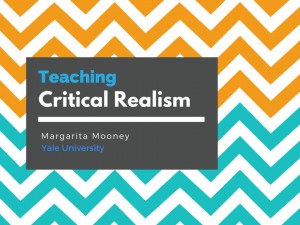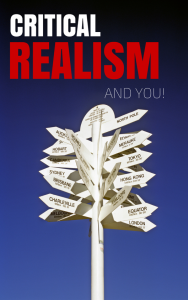Part 2 in a Series on Teaching Sociology of Religion Online.
I’ve just finished my first week of a hybrid in-person/online course in sociology of religion to undergraduates at the University of North Carolina at Chapel Hill. Of four days we met this week, two times we met in class, one day I assigned a video and a podcast, and the fourth day we met synchronously (at the same time) for a short lecture and class discussion. Thus far, my experience has been both exhilarating and frustrating. Let’s start with the exhilarating.
First, I have flipped the order in which I present material to students and it definitely captured their attention better than before. I used to assign heavy readings, give a lecture, and then give them a podcast, video or interactive quiz to reinforce what the readings and lectures said. Although I’m using the exact same material as when I taught sociology of religion in the classroom, now for each topic we will cover I first assign a video, a podcast, or an interactive survey and require that students write a blog post in response. Once they are excited about the topic, then I assign them sociology texts that put the topic into a broader context using history, ethnography, and survey data, and I have students write short assignments applying sociological theories and concepts to the specific topic we covered.
It’s working beautifully, so score 1 for online teaching. For example, it was exhilarating to read on my IPAD my students’ responses to the online survey they took on the the Association for Religion Data Archives website that automatically compares their responses to respondents from a national survey. One student wrote:
I was really shocked that many people believed in angels but didn’t believe in demons. I just don’t know why it doesn’t click with me. I mean, if there are good forces shouldn’t there be evil or bad forces? This quiz/survey was indeed awesome and more people need to take it!
Second, I was fascinated to read my students’ blog responses to Anthony Gill’s Research on Religion Podcast Interview with Marc van der Ruhr about megachurches, which I paired with a section on Willow Creek Community Church from Randall Balmer’s documentary DVD on American Evangelicals, Mine Eyes Have Seen the Glory. Although I have taught on megachurches in four previous classes, I was surprised to see my students’ responses to the podcast and video on megachurches: most of the students blogged that they found the economic language used by many megachurches to be off-putting. Score 2 for online teaching: presenting engaging audio-visual prior to my lecture or analytic readings gives students a chance to form their own ideas before they have heard my interpretations or those of the scholarly authors I assign.
I was so exhilarated that my students were engaged and expressing themselves online that I rushed out to buy a new MacBook Air so I could make my first narrated Power Point lecture on megachurches. I planned to narrate the lecture over the Power Point Slides then upload it to You Tube for students to listen to, then follow up with an online class discussion. However, when looked at my previous Power Point on megachurches, I realized it was awful. Having only every delivered that lecture in class before, its audio-visual quality was low, as I had just relied on my own voice, posture and motions to animate the slides.
How did I salvage that Power Point presentation? In about an hour, I totally updated my Power Point slides by adding pictures of some of the megachurches we read about or heard about in the podcast, video and texts, such as Willow Creek Community Church in Chicago and Saddleback. I also added 4 graphs from one of our assigned books, Mark Chaves’s American Religion, that show the underlying trends that help explain the rise of megachurches. Then I recorded my animated voice, holding notes in front of me with the quotes and figures I wanted to be sure to mention, while students watched a beautiful Power Point with images and graphs.
I practiced the narration and it worked beautifully. But when I recorded the full lecture, the audio didn’t save. Discouraged but determined, I re-recorded the whole audio lecture. This time, it saved. But when I went to upload it to You Tube, You Tube did not recognize the audio. I made a few frantic calls to tech support, and we tried desperately to upload it for about an hour, but to no avail. I had produced a beautiful product I was very proud of but couldn’t get it off my computer to show anyone.
To salvage all that work, I learned how to upload a Power Point into Elluminate (our online seminar meeting space) and lectured online, followed by discussion. Does this setback mean my time was wasted? Not at all. I knew I was undertaking a challenge, and learning all the best technology for online teaching is indeed exhilarating and frustrating. When it works, it’s amazing. Although the technology has not been flawless, I’m glad I’m trying, and my students’ responses have been even better than I imagined.
One week down, four to go. It has been great, and I it will only get better from here. Soon I hope to share that beautiful narrated Power Point on megachurches with anyone who can watch YouTube, so stay tuned.











